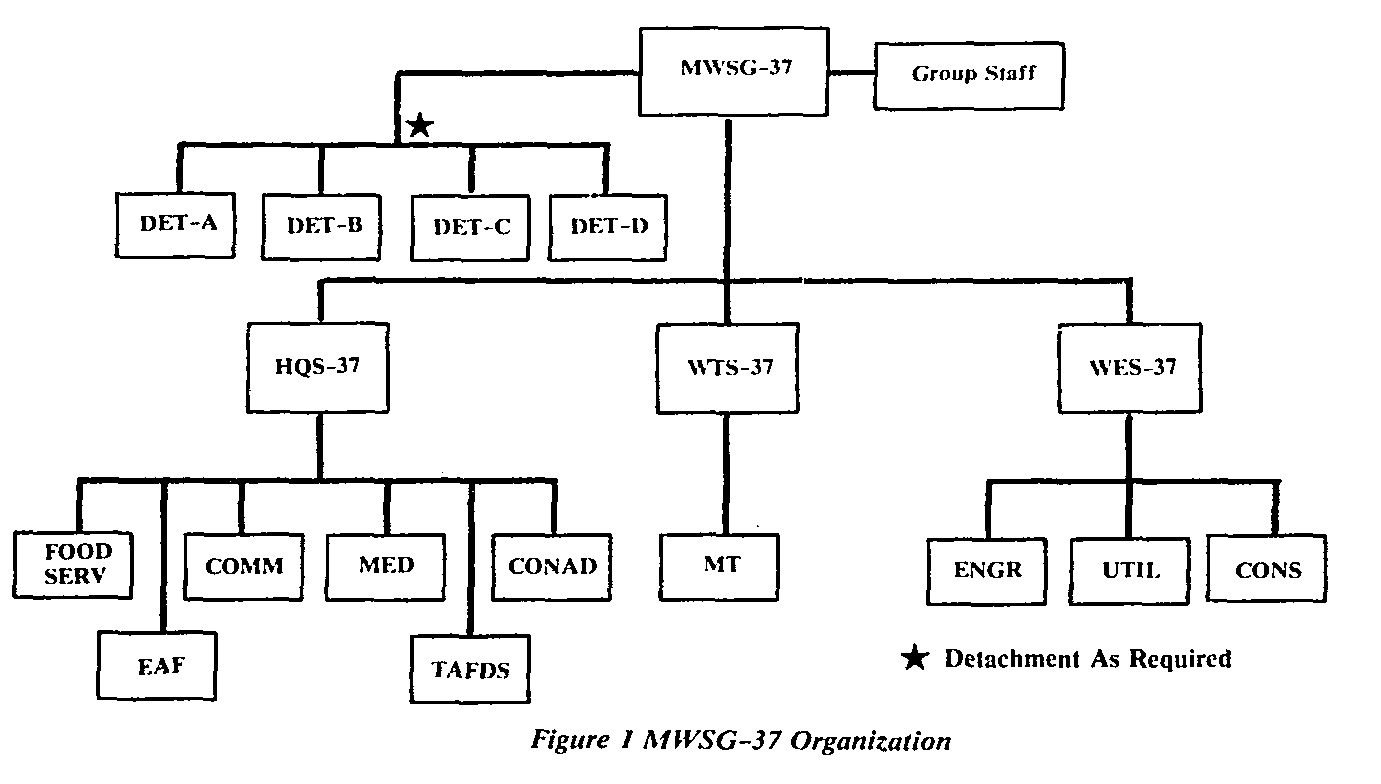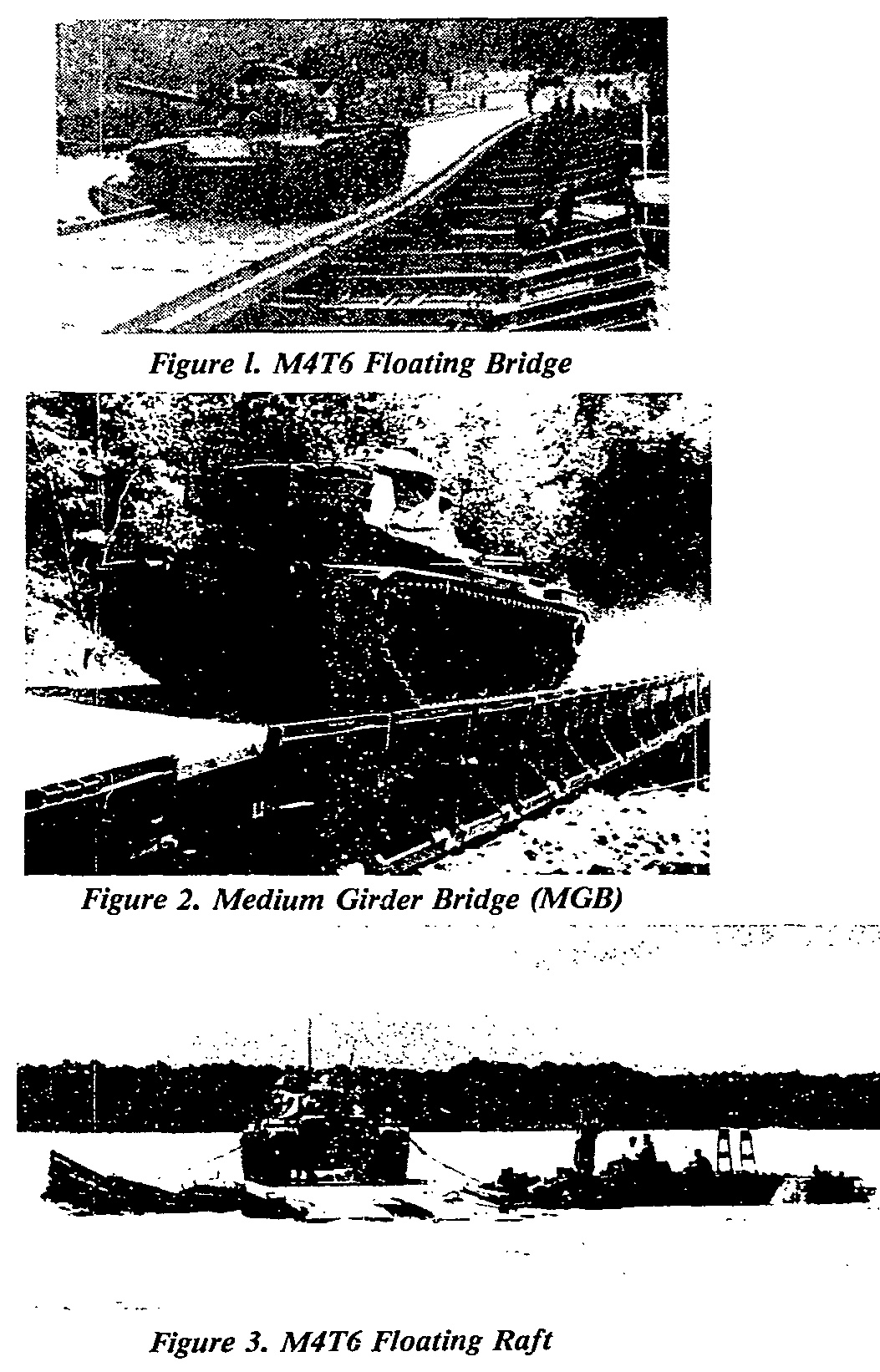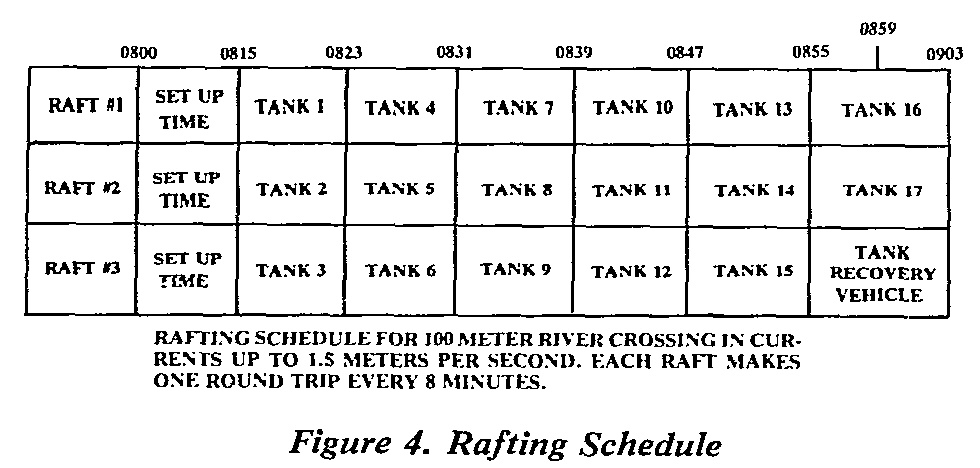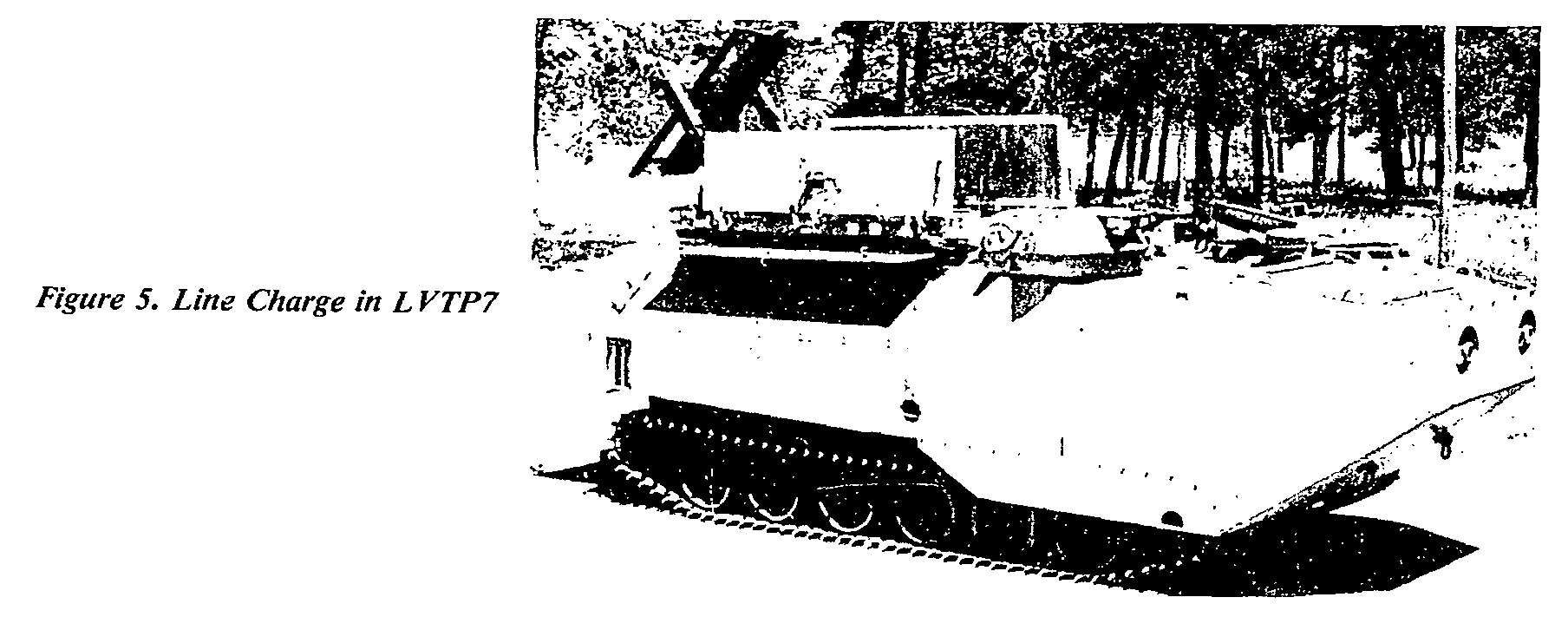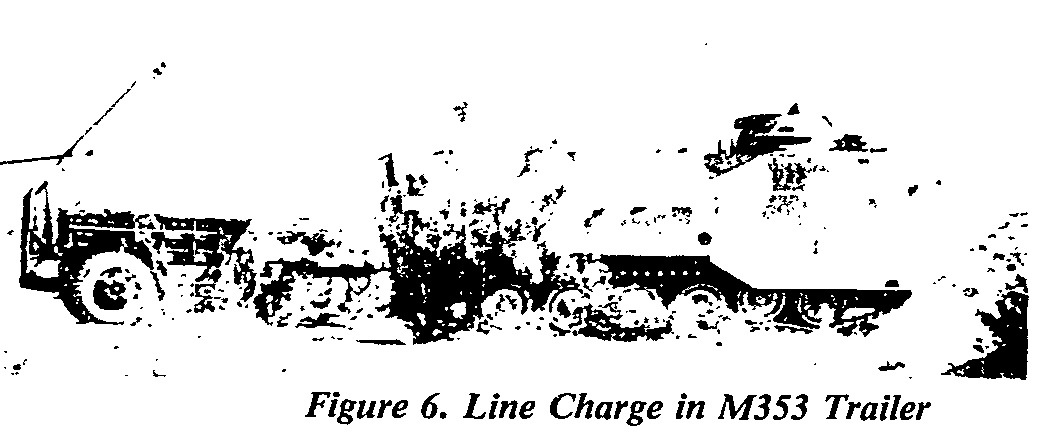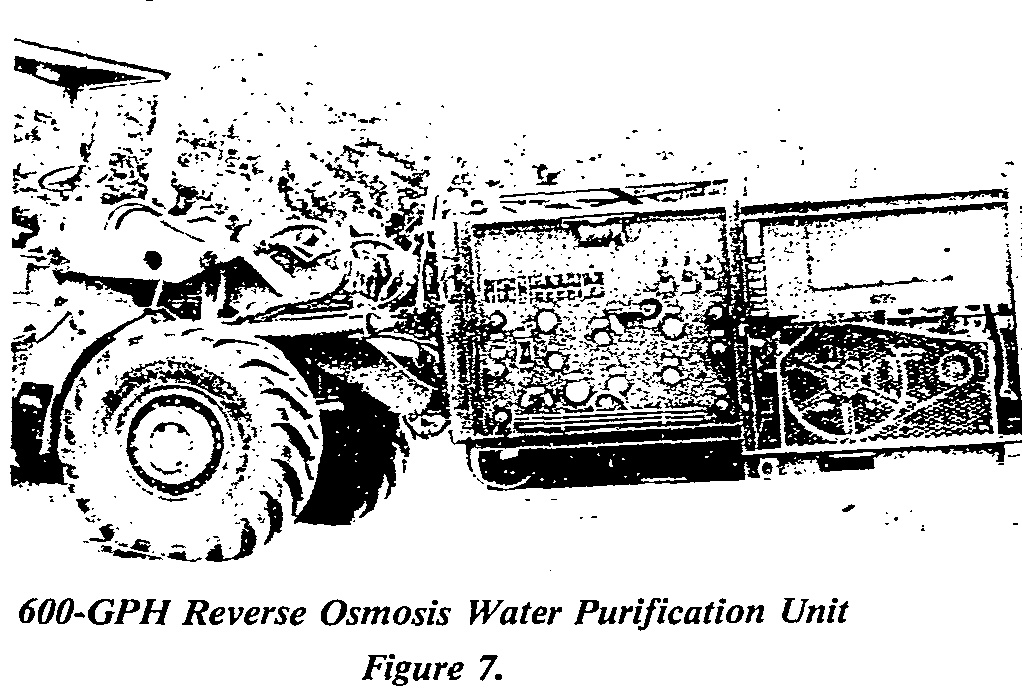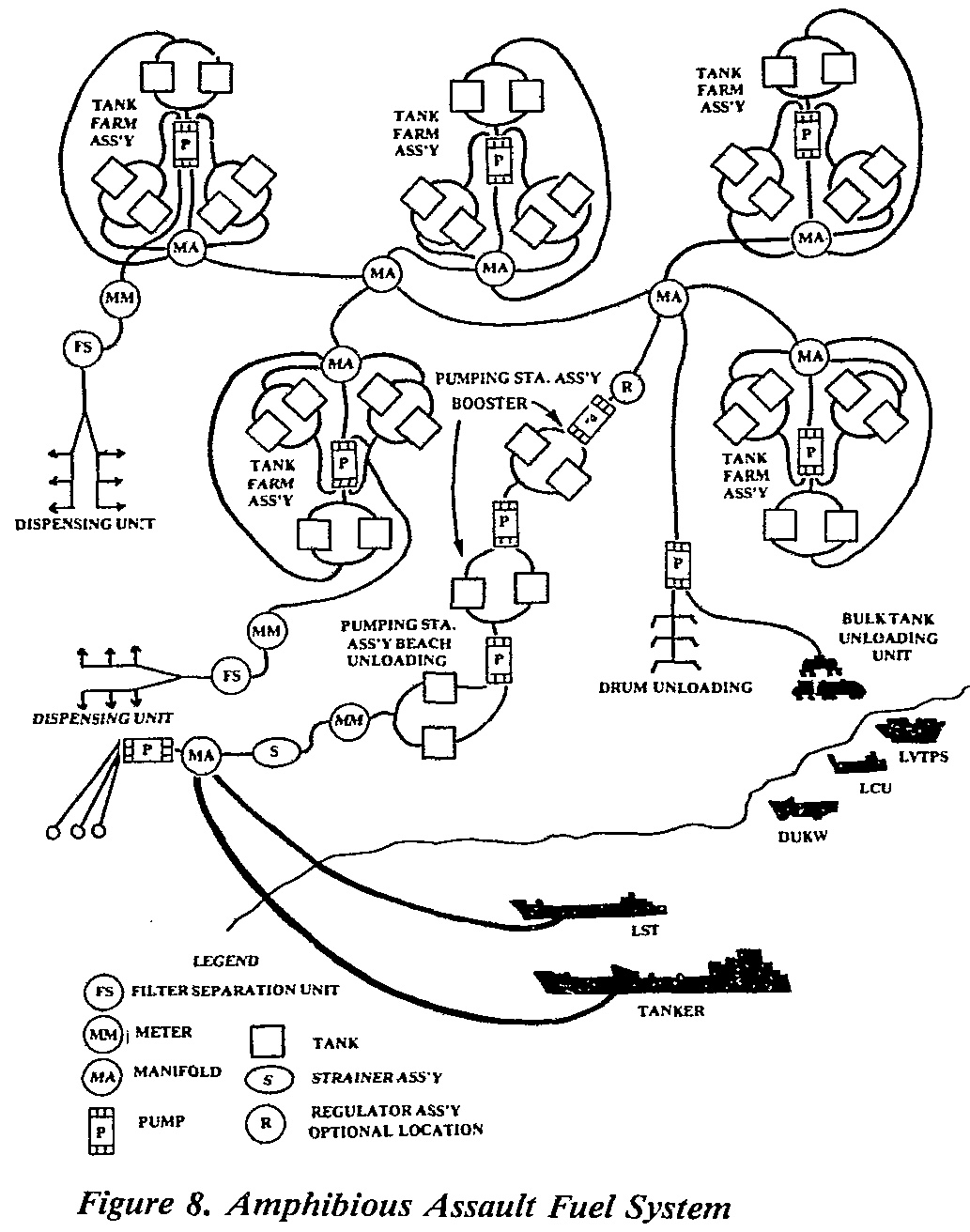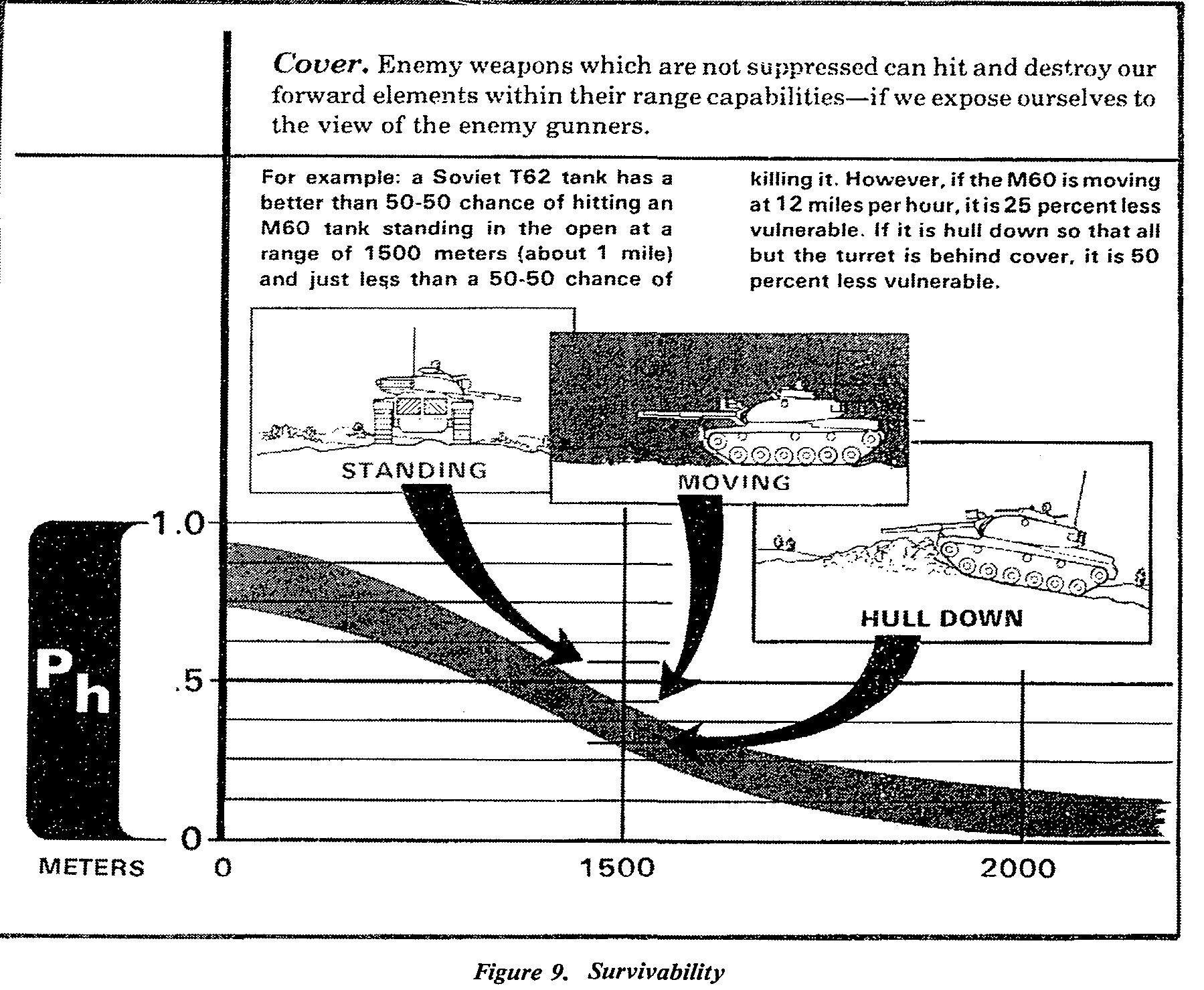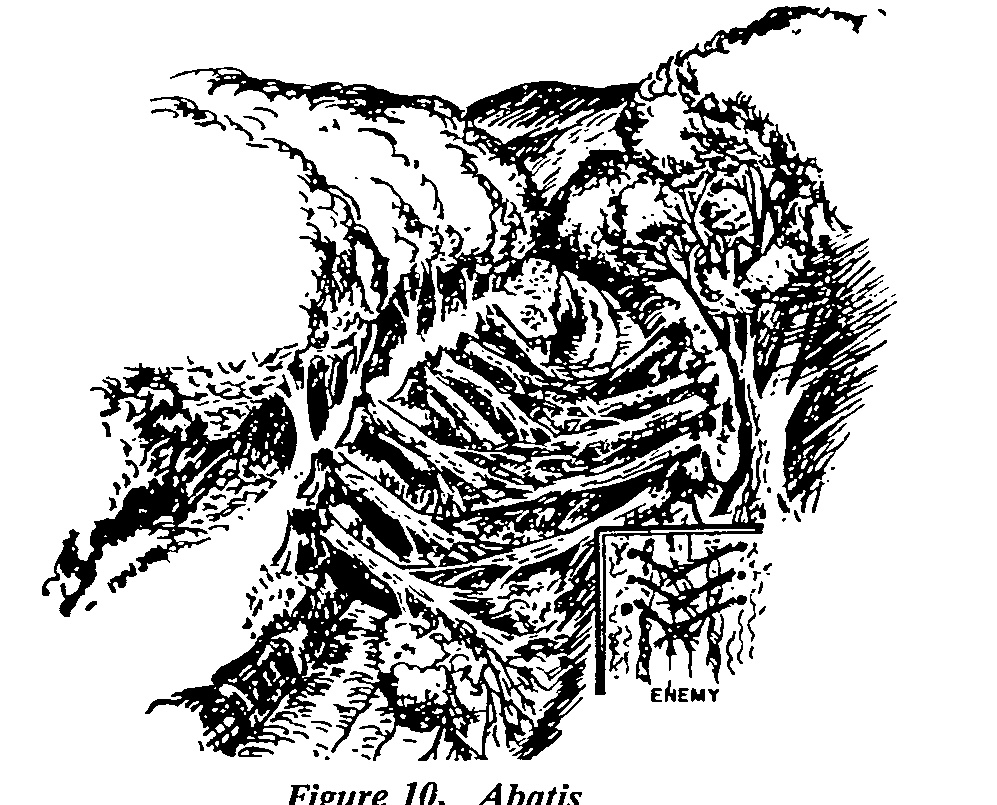In late July, LtGen Bernard E. Trainor, the recently appointed Deputy Chief of Staff for Plans, Policies, and Operations at Headquarters agreed to give the GAZETTE his views on a variety of issues important to the future of the Corps. Col J.C. Scharfen, USMC(Ret) conducted the interview.
As Deputy Chief of Staff Plans, Policies, and Operations (DC/S PP&O), you are the Commandant’s interface with the Joint Chiefs of Staff (JCS). Can you tell us about the Commandant’s role as a member of that body?
Gladly. Most Marines see the Commandant only in his role as the leader of Marines. By law, however, he and his counterparts are only secondarily the heads of their Services. Their principal responsibility is in their JCS role as military advisors to the President. It is a heavy and time-consuming responsibility. The Chiefs meet three afternoons a week, one of which is usually with the secretary of Defense. To prepare for these meetings the Commandant draws support from both the Headquarters Marine Corps staff and the Joint Staff.
What are the topics for these meetings?
Everything dealing with the military and issues of national security. The Chairman chooses the agenda. In general, each meeting consists of a mixture of policy items and discussions on current issues. A typical afternoon might cover such disparate topics as arms reduction negotiations, the Central American and Middle East situations, operational plan reviews, and base rights negotiations. The Service staffs and Joint Staff help frame the issues for the Chiefs. They take their guidance for action from the outcome of the JCS discussions. It’s not dissimilar to the command and staff action process set forth in our field manuals.
Recently, and not for the first time, the JCS have come under attack for being cumbersome, ineffective, and torn by Service parochialism. Several reorganization proposals have been advanced to correct these alleged weaknesses. What are your views on the subject?
It would take the rest of this interview to cover my views, so let me restrict myself to three observations. The first one is the most important. The JCS are, like the Supreme Court, people-people charged with very specific responsibilities. The organization designed to meet those responsibilities is of less importance than the people who make it up. To use a British expression, “It’s not the blocks in the organization chart what counts; it’s the blokes what’s in the blocks.” If you have four good Service Chiefs and a strong Chairman who has the confidence of his fellow Chiefs, the JCS will be most effective. Conversely, weak or inadequate leadership will be ineffective regardless of how much you may try to prop it up with structure. It is a case of picking the right people for the job.
The second point I would make is that this organization has been under scrutiny and criticism for three decades. Yet, wisely, the Congress has been very careful about making change. It is properly chary about moving toward the purported efficiencies of a general staff or a super chief, not so much out of fear of a man-on-horseback, but out of a legitimate concern that such an arrangement could be conducive to giving bad or single-dimensional advice to the President.
My third point is derived from our political heritage. The institutions of this nation were built on a system of checks and balances, indeed, on adversary relationships. This has served the Republic well for two centuries because it allows opposing views to compete, with the best solution usually emerging in the process. Thus, the reference to “parochial views” should be more properly viewed as healthy “contending perspectives” that present a broader range of alternatives for the President.
You are saying then that there is no need for any JCS reorganization?
I’m saying that people are more important than systems. I’m also saying that any organization can be improved, but be careful that you improve the system and not just tamper with it.
Haven’t the Chiefs recently done their own appraisal of the organization of the JCS?
Yes, and this has resulted in some in-house improvements that are proving effective. For example, there is more timely top-down guidance being provided by the Chiefs, and the famous-or infamous-“flimsy, buff, green” process for addressing an issue is being streamlined. Also, the quarterly rotation of the Acting Chairman in the absence of the Chairman has led to better continuity. In addition, the Chiefs have also made some significant recommendations relating to the Defense Department in general. They know how the joint system can best work, but it has to be seen within the context of the entire Defense Establishment. In the final analysis, though, I return to my first point-the form of the organization is less important than the “blokes what’s in the blocks.”
A number of radical changes seem to be underway in the Marine Corps. Permanent MAGTF headquarters, MPS, and the LAV battalion are examples. Are we seeing a new Corps emerging?
I’m not sure I’d categorize the changes as “radical,” nor is a “new” Corps emerging. Our roles and mission remain the same-that is, to provide amphibious forces for the fleet with the flexibility to undertake any other mission the President may direct. What you are witnessing is the fruit of a great deal of past thought and effort. It’s evolutionary progression rather than revolutionary change, and the effort responds to new realities and new capabilities.
Could you elaborate on these realities and capabilities?
Let’s take realities first. Given the far ranging nature of U.S. security interests, the Naval Services must be capable of global operations. This includes the capability of naval force projection by Marines and forcible entry if required. But amphibious ships are both expensive and limited. At present, roughly a brigade’s worth of amphibious lift is available in the Atlantic and Pacific. Additionally, there is the need for speed to get to trouble spots to either forestall a problem or to act decisively if need be. There are a number of ways of dealing with the variables in this equation. One is to revitalize the amphibious ship-building program. Such a program is underway to give us the capability to lift simultaneously the assault echelons of a MAF and MAB. Complementary to this is the Maritime Pre-positioning Ship (MPS) Program, which also serves to supplement the forward deployed fleet posture in potential hot spots.
How will the MPS concept work?
It’s not just a concept; it’s already a reality in the form of the Near Term Pre-positioning Force; NTPF is the quick fix to what will eventually become the MPS. We now have a brigade’s worth of heavy equipment aboard ships in the Indian Ocean. The tactical unit to employ that gear is the 7th Marine Amphibious Brigade (MAB) at Twentynine Palms. Should the services of the MAB be required, the troops will fly to a designated point to marry-up with the gear off-loaded from the NTPF. In short order you have a very potent force at the scene of action. I call NTPF the quick fix because the present capability is an ad hoc arrangement. It is made up of merchant ships not specifically designed for the purpose for which we are using them.
What is the status of the MPS?
The MPS program is underway. It will provide three sets of ships designed expressly for pre-positioning purposes. The first comes on line in 1984 and the remainder in subsequent years. When the third set is in place, the original NTPF set will come out of service.
While that sounds expeditionary, it doesn ‘t sound very amphibious. Don’t you need ports and airfields to make it work?
Currently, yes. With the MPS we’ll have an over-the-beach capability so ports won’t be necessary. But you are correct in implying the need for a secure environment to marry-up the air and sea elements of the MPS force. I noted earlier that MPS should be viewed as a complement to amphibious forces. It can operate independently, in a preemptive or reinforcing role, but with any kind of strategic warning you can expect that at least a MAU will be in the vicinity of a potential trouble spot for which an MPS MAB is activated. A MAU, of course, has an amphibious capability and can contribute to the security of the incoming MPS brigade, alone or in conjunction with friendly local forces. In that scenario the initial insertion of a MAU and MPS MAB can be succeeded, if necessary, by additional forces to build a MAF.
Where will the three MPS sets be located?
That’s currently being addressed by the JCS. The Navy and Marine Corps have made recommendations as to a sequence of activation and general location, but the decision hasn’t been made yet, so I’m not free to address it.
Will a MAB be identified with specific MPS sets, and if so, will MPS MABs also have the traditional amphibious role?
Those questions are also currently being worked. The dynamics of the situation and the experience we gain as we deal with the first MPS set will help determine the final setup. At this point, we do know that MPS is here to stay, and we are going to do the thing right. That means that the first MPS brigade is going to be very busy building on 7th MAB’s NTPF experience as well as building on its own. I would say for the time being, at least, the initial MPS MAB will have its hands full with MPS matters. That’s one of the “realities” I alluded to earlier.
The establishment of permanent MAGTF headquarters-is that also a response to “realities” such as the MPS?
Yes, it’s all part of the larger reality of lift shortfall, worldwide commitments, and the need for readiness and professionalism. We are currently doing business on a MAU and MAB basis in both the amphibious and soon-to-be MPS modes. Yet, we also see the MAF as the only way to fight a significant engagement. These combinations cause task organization problems. all too frequently we jury-rig our command structure for an exercise, then disband it at the conclusion of the event, losing the benefit of continuity. To ad hoc the headquarters of a MAGTF at any of these levels, if combat is imminent, is sloppy at best and disastrous at worst. After long study and analysis, it was determined that the new permanent MAGTF headquarters provides the best combination for stability and flexibility.
How will it fit together?
The permanent MAGTF headquarters concept establishes the MAB as the basic building block. The MAB with a fully structured H&S company is capable of fielding up to two MAU headquarters and still retain a nucleus planning staff. The MAB staff can be expanded to an operational MAF headquarters by superimposing a MAF nucleus headquarters cadre on the MAB. The process would integrate designated billets to form a cohesive, fully structured MAF headquarters. The same principle applies for creating a MAF H&S company. The Marine Corps will establish three MAF nucleus headquarters, three MAF nucleus H&S companies, and six MAB headquarters by 1990.
What does this do to the traditional division, wing, and force service support group (FSSG) structure?
They remain the same. MAGTFs are formed from their assets. There is nothing new in the sense that the division, wing, and FSSG have always been the backbone for deploying MAGTFs.
Isn’t there duplication of command and control elements in this concept?
Not really. The MAGTF headquarters concept provides a rational method of maintaining effective MAGTF command and control during the force buildup in the theater, building from a forward deployed MAU to a MAB, or from a MAB to a MAF. Some see redundancies between the permanent MAGTF headquarters and the division, wing, and FSSG headquarters; however, these latter headquarters are essential both for fielding MAGTFs and as command and control elements of the MAF. Their operational capabilities must be retained.
What are the weaknesses of the concept?
Sequential MAB deployments, with the objective of forming a single MAF MAGTF for employment, generate a crucial operational problem-the need to reorganize your force in theater from multiple MABs to a single composite MAF. We have an effort underway to critically review the problems associated with forming the composite MAGTFs.
How about the LAV? Where does it fit into all of this?
The LAV falls into the same “reality” category as the reorganized infantry battalion, the improved FSSG, and the new M198 howitzer. All of these are responses to the need for a more powerful and effective fighting and sustaining structure. War is becoming increasingly lethal. Yesterday’s techniques will not work tomorrow. The LAV is a recognition of this reality. It is not a fighting vehicle; it is a support vehicle that provides direct fire support and off-road tactical mobility with a modicum of protection from fragmentation and small arms.
Is there a concept for employing the LAV battalion?
Yes, but at this time only in the most general terms. One of the great things about Marine Corps’ tactical development is that procedures and techniques are user-tested and user-accepted before adoption. At this point we have tactical concepts for LAV use, but the LAVs utility and place in the force structure will result from Marines trying it in a variety of conditions and scenarios. I can see many uses in addition to infantry transport-reconnaissance, screening, deception operations, and combat engineering. The Marines who use it will tell us how best to employ it.
With the introduction of the LAV, the M198, and possibly even the M-1 tank, is the Marine Corps “heavying up?”
“Heavying up” is a tired cliche. It is a hangover from the recent past when the only war talked about in this town was a NATO war. A lot of nervous nellies saw Russian tanks pouring through the Central Region of NATO and judged that if Marines were sent to reinforce the defense, they would need to “heavy up” to be of any value. From the Marine point of view, the commitment of skilled amphibious forces to such a role made little sense short of an extremis situation.
No, we are not, “heavying up” in the NATO sense. That appearance is simply the result of increasing our capability across the board for combat anywhere in the world. Modern weaponry abounds in all the potential hot spots around the globe. Landing a corporal’s guard under bayonet at some remote scene of conflict is no longer adequate. We have to be prepared for warfare at a fair level of intensity no matter where we go. But you also have to keep in mind that strategic lift, to include amphibious lift, is limited. We will be constrained in what we take to war. This results in a balancing act between what you have and what you can take. One of the big advantages of task organizing for the mission, as we do, is that it provides an architecture to trade off assets against requirements.
You mean you customize the force for the job?
Exactly. If we are going to fight in the mountain, we probably go light on tanks. Conversely, a desert battlefield will require tanks and tactical ground transport. That would be the heavy side of the equation. But make no mistake, we are not becoming muscle-bound and building a structure for only one type of war or environment. When a company commander says “Saddle up,” Marines will move out and fight equally well by LAV, helo, or shank’s mare.
I think your response logically leads to a question about “maneuver warfare.” Has the Marine Corps signed on to maneuver warfare as a way of fighting?
The term maneuver warfare has taken on a life of its own and is subject to as many interpretations as there are interpreters. The Marine Corps does not subscribe to any exclusive formula or recipe for warfare. Our approach is to operate on the basis of sound military principles taking into account the dynamics of the situation (that is, mission, terrain, enemy situation, and weather).
Does this mean that the Marine Corps will continue to adhere to the traditional principles of war?
Yes, but not inflexibly. A Marine Corps field commander is expected to focus on the objective of his mission, then exercise his professional judgment in employing his combined-arms force. Needless to say, the commander will seek to achieve his objective in the most expeditious, economical, and decisive fashion and will provide his subordinates the requisite latitude in carrying out their responsibilities. In both offense and defense, we expect our commanders at every level to seize the initiative and to stay progressively ahead of the enemy in both thought and action. The opponent must be forced to react to us rather than we to them. We seek to put the enemy off balance and keep him that way. It is in this context that the Marine Corps not only subscribes to “maneuver warfare,” but also champions what it dxw represents: a means to an end-the enemy’s defeat.
So you do see some merit in maneuver warfare?
Certainly. By subscribing to the principles reflected in the concept of maneuver warfare-rather than to any particular interpretation-tactics, techniques, and materiel requirements will evolve and progress rationally and logically through experimentation and testing. This has been a successful formula for us in the past and has allowed the Marine Corps to pioneer such techniques as amphibious landings, close air support, high-performance VSTOL operations, and vertical envelopment-radical at their inception, commonplace today.
I gather that you still consider amphibious operations to be the bread and butter of the Marine Corps regardless of the advent of MPS, the LAV, and the talk of maneuver warfare?
Without a doubt. By law, the Marine Corps has the mission to be the Nation’s amphibious experts. The mission is rooted in our naval character and the fact, that as a maritime nation, the United States must have the capability to project power ashore worldwide, whether our reception on the scene is friendly or hostile. I might also note that an amphibious operation is a classic of maneuver warfare on the strategic level. You only have to review World War II and Korea to realize that fact.
There are those who say that modern surveillance and weaponry have made Two Jima a thing of the past. You yourself have already alluded to the lethality of modern arms. Would you care to comment on the viability of amphibious operations today?
For openers let me say that as long as there is a need to make a forcible entry from the sea, we will find a way of doing it. As to Iwo Jima being dated-of course it is dated. So are Waterloo and El Alamein. The military profession is dynamic. Marines have a penchant for history-not to repeat it, but to learn from it. The roots of the amphibious doctrine developed at Quantico in the 1930s were founded in the British amphibious failure at Gallipoli in 1915. The rest of the world was content that Gallipoli proved the impracticality of amphibious operations in the modern world-see the Iwo Jima analogy here? But, the Marine Corps knew that in a war with Japan, there had better be a way of carrying out landings in the Pacific or we would never be able to carry the battle to the enemy. So in the early thirties, the students and staff at Quantico studied the errors of Gallipoli and came up with the right way to do the job. What was brought forth in the Tentative Manual for Landing Operations provided the basis for the successful Allied amphibious strategy of World War II. Remember that in 1944, the cross-channel operation at Normandy was a testament to the Marine Corps, without a Marine Corps unit being involved in the landing or its planning. Four years earlier at the very same channel, the vaunted Germans were stymied in their invasion plans for England because they didn’t have an amphibious doctrine or capability.
Is that doctrine still valid today-nearly 50 years later?
Yes. Iwo Jima may never be repeated, but modern defenses against amphibious attack can still be bested by changes in tactical techniques. Note, I say techniques-not doctrine. The primal doctrine of the forties is still sound today. We had few options in the Pacific War. We faced fortified islands that provided little opportunity for finesse. Brute force was the only option. Today’s likely targets allow us to be a bit more adroit.
Would you care to expand a bit on that distinction?
Let me use an example. The requirement for sea and air superiority for the conduct of amphibious operations is a doctrinal principle that is as sound today as it was at Iwo Jima. How you achieve that superiority on the other hand is dynamic; it is a function of technique and techniques change over time. Look at the Falk-lands-a modern example. The British had sea superiority, but their ability to achieve air superiority was marginal at best. As a result, their amphibious landing was costly and threatened from the air. They came close to conceding air superiority, which could have been disastrous. That they got away with it was a close thing.
How does the modern amphibious operation differ from those of the 1940s?
I have mentioned that techniques change, not doctrine, and that our contemporary Marine Corps is the product of both realities and capabilities. Nowhere is that more apparent than in the context of amphibious operations. Let me dwell on this for a moment. The realities of modern warfare dictate that we exploit our capabilities to gain the advantage over the enemy-to seize the initiative and hold it. This is where amphibious warfare offers such great strategic and tactical advantage. The advantage accrues in terms of surprise, mass, economy of force, and mobility. We have a number of innovations in amphibious techniques that are either in-being or on the near horizon that will capitalize on these principles and help us gain and hold the initiative.
I assume you mean by using the helicopter and the LCAC?
Correct, those plus a high speed amphibious task force to allow for tactical surprise even if strategic surprise is lost to modern surveillance. An amphibious operation promotes uncertainty on the part of the defender and fosters hesitation or maldeployment of his forces. Intelligence and electronics, including electronic deception, play an important role in achieving tactical surprise. An amphibious force will aim to mislead and confuse the enemy, to fix him in place, to destroy or neutralize his capability to interfere with the landing, and to land where he is weakest. This is tactical surprise. It requires a reaction on the part of the defender that takes place under conditions where the landing forces have the initiative. Like chess, the modern amphibious operation is first an exercise of maneuver and second one of mass.
Regarding helicopters, could you be more specific?
Helicopters are particularly important in an amphibious operation, for they allow ships to remain far at sea. An over-the-horizon capability provides protection from shore defenses and compounds the defender’s problem of where, when, and how to defend. The defender can’t accurately determine the target of the landing force. For illustrative purposes, it should be noted that using only helicopters, a regimental-sized assault force can be landed 50 miles distant in only 90 minutes. This capability will improve in time with the introduction of the JVX.
What about LCAC?
It does for the surface landing what the chopper does for the air landing. The 50-knot air-cushioned vehicles (LCACs) will provide a dramatic capability for the surface landing. To put the modern landing in perspective, consider that a modern Marine amphibious force, equipped with helicopters or the JVX and LCACs and embarked in 20-knot amphibious shipping off Norfolk, can, overnight, move and land anywhere from South Carolina to Long Island and never appear on the horizon beforehand. This is a far cry from Iwo Jima. How would you like the job of defending against that sort of capability? Even if you figure out where we are going to land, we’ll get there in strength before you do.
Your objective is to capitalize on modern technology to project seapower?
Exactly. Far from being victims of modern technology, amphibious forces have exploited technology to develop an in-being capability more potent than ever; a product of hard thinking and hard training.
But suppose the Marines are faced with a narrowly defined, highly defended target such as a modern two Jima; one which does not allow the luxury of maneuver. Can you still succeed?
It would be bloody for both the Navy and Marine Corps, but I am confident that the job could be done if the objective was worth the difficulty and cost involved. It would require the ultimate effort in planning and execution. The principles, however, would remain the same. Through supporting and advance force operations, we would ensure the requisite air and sea superiority, and we would destroy or neutralize the enemy capability to interfere with the landing. The effort necessary to do this would be considerable, but as I mentioned, if the judgment was made that such a landing was necessary we would put together the package to do the job.
And how does the advent of nuclear weapons impact on amphibious doctrine?
A difficult question to answer because you can’t do so without first resolving the bigger question-how does the advent of nuclear weapons impact on warfare? Once the first nuclear weapon is detonated, the entire environment of the battlefield is going to change. Principles won’t change-there will still be the tradeoffs between firepower and maneuver with perhaps the impact of firepower being exaggerated. The amphibious task force and landing force commanders are going to have to remain flexible and innovative when faced with the nuclear threat but no more so than in any other form of warfare.
Earlier you mentioned Central America in the topical agenda of the JCS. What is the role for the Marine Corps in Central America?
I’m not sure what you’re driving at. We’ll go wherever and do whatever the President, as Commander in Chief, orders. If your question refers to a current role in Central America, it is limited. We conduct amphibious exercises and jungle training in the region. We have the normal representation on the joint staff of the Southern Command (USSouthCom) located in Panama. We also fill attache and MILGRP billets within that region. Whether our role expands down there as a result of the power play by the communists remains to be seen.
How about Lebanon? How long will the Marines be there? Will their role and numbers be expanded?
Again, I must say that nobody knows for sure. The situation is fluid and the future uncertain. As I just mentioned, we’ll do whatever we are told to do. If there is an expanded role for us in mission or numbers, we are ready for those contingencies, but we are equally prepared to resume our normal afloat posture in the Med if our Multinational Force (MNF) role winds down.
What is the MNF mission of the Marines?
You may recall that we returned to Beirut after the Sabra and Shatella massacres to provide a “presence” in the area. The idea was to have a multinational force in Beirut to provide a sense of security for all factions. Most of all, it was designed to contribute to local stability so that the Lebanese Armed Forces (LAF) could get their act together as a competent military force.
Were you optimistic about the situation?
From a military standpoint, yes. Right from the start there was the conviction that Lebanon had to be master of its own house. The MNF could help stabilize things, but the LAF ultimately had to be the instrument of Lebanese sovereignty. It was an unprecedented mission in that it had no military objective other than a hand-holding exercise.
And how do you see the situation now?
While initially the whole thing was fraught with danger and uncertainty we have been surprised how well it has gone. The French, Italians, Brits, and U.S. Marines have done a professional job. The MNF members have cooperated well and, over the past nine months have given tremendous psychological and training assistance in rebuilding of the LAF. We hope in the coming year to see the Lebanese exercising their rightful authority in the country so we can get about other business. In the meantime we will carry on as necessary.
What lessons do you draw from the Lebanon experience?
There are not many new lessons, but lots of old ones that have been reemphasized. Commitment as a peacekeeping force in a volatile, complex environment is a challenging task. Such situations are delicate. Restraint, patience, judgment and, most important, discipline are the characteristics that matter. Leadership, at every level, is subjected to a daily test. Not every military organization can handle this. You have to train for it and work at it. We’re proud of what our Marines have doneand mindful that the challenges they face may well increase before the assignment is over.
Another major lesson you don’t hear much about involves the great usefulness of a Navy-Marine amphibious task force. The operation is a success not only because Marines ashore have done well, but also because of the fleet off-shore. Seabasing much of the support structure reduces vulnerability and simplifies the task. It gives us flexibility; we can reinforce, move, or withdraw on short notice. We have presence with minimum entanglement. Without the Navy-Marine team, Lebanon would be a far different and a far more difficult undertaking.
Thank you, General. Do you have any final thoughts you would like to share with the readers of the GAZETTE?
Yes. I would like to go on record as saying that these are great times for the Marine Corps. There are a lot of challenges for the Corps but never have we been in better shape to meet them.







